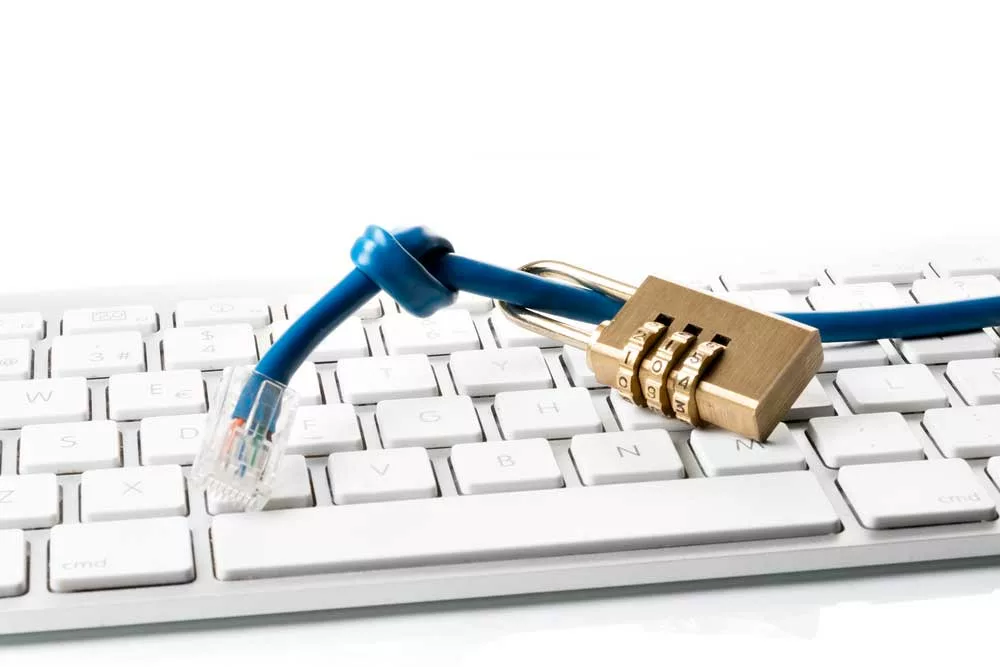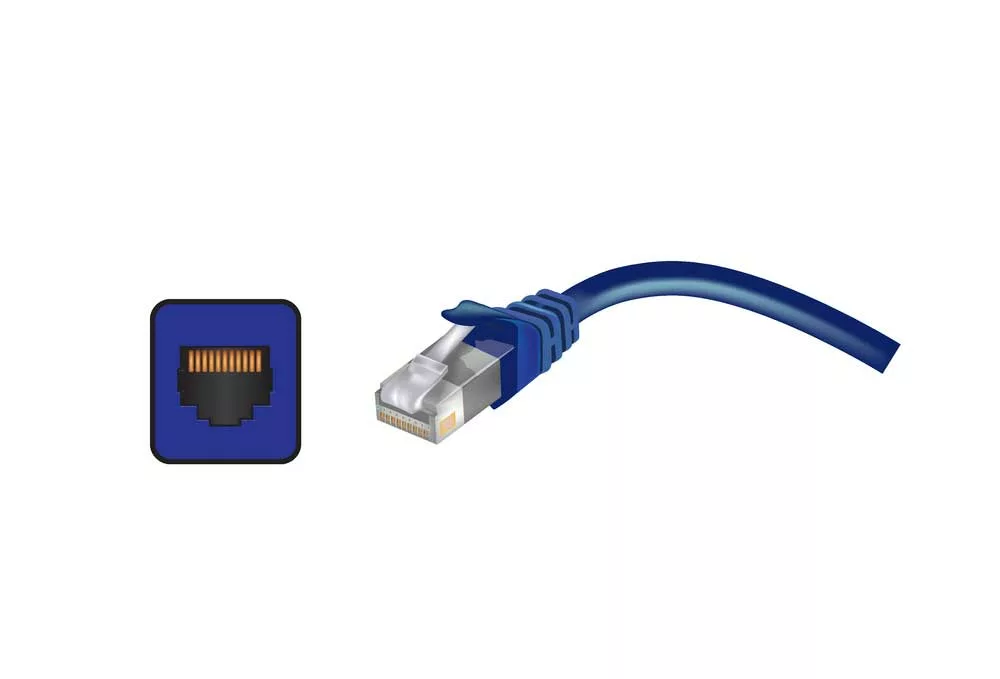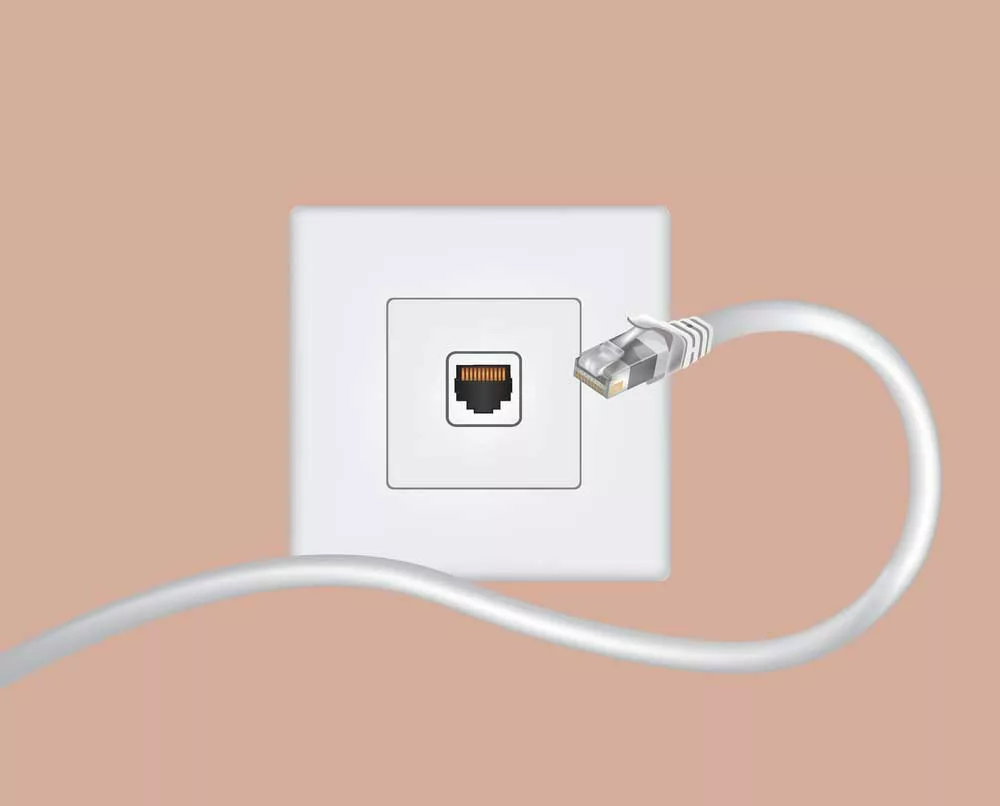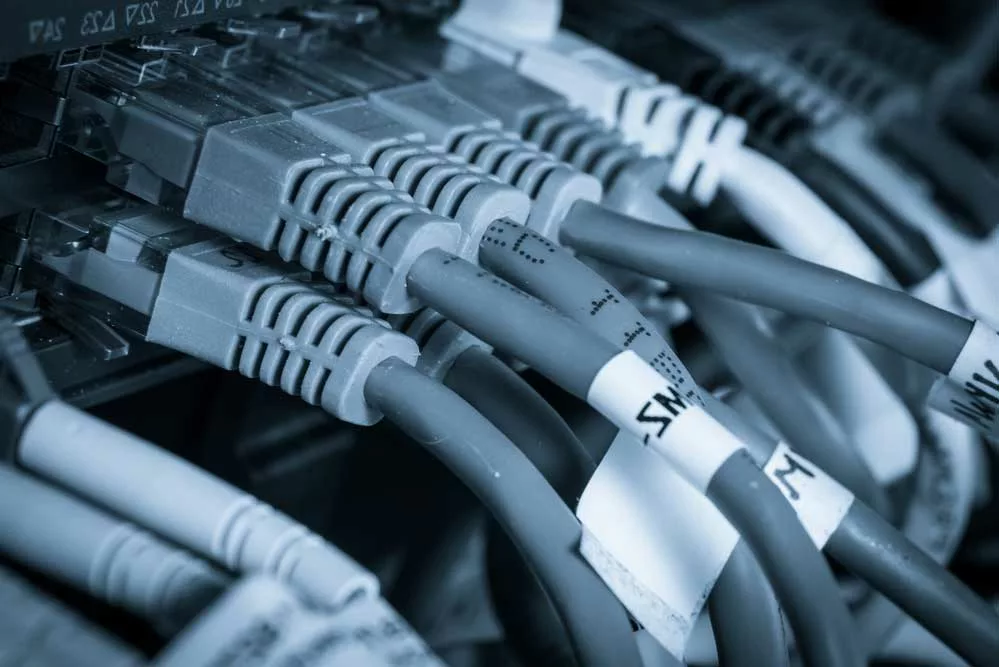In today’s time, when we spend most of our time on the internet, the speed of the internet matters; however, does the type of ethernet cable matter for speed? The answer depends on your situation.
You must know that different ethernet cables offer different transmission speeds; Cat5 offers 100MBPs, Category 5e and Category 6 offer 1000Mbps, and Cat6a offers a max transfer speed of 10,000Mbps.
It is clear from this data that Cat6a will offer higher speeds than the previous versions, but other factors also play a role when considering data transfer speed. Let’s find out.
Table of Contents
- Does the type of ethernet cable matter?
- What are the different ethernet cables types?
- Is the type of ethernet cable worth upgrading?
- How to identify different types of ethernet cables?
- Conclusion:
Does the type of ethernet cable matter?
It does not matter which ethernet cable you are using if you use it for home networks. In such networks, the ethernet cables do not impact the network performance.
The performance depends on your network connection. For example, suppose you have a package where your ISP or Internet service provider offers 80 Mbps download speed.
It does not matter whether you use Cat5 or Cat 6a cable; the download speed will remain 80Mbps only.
However, if you upgrade to a new network cable standard, you can get greater intra-net speed. Getting fast speeds across Local Area Networks always benefits you in transferring data between two devices.
Here, data transfer refers to the activity when you stream home media or copy files from one device to another.
So, does it matter what type of ethernet cable you use? The answer would be YES because upgrading your network cable allows you to get faster speeds across Local Area Networks.
But your network download speed will remain the same, so upgrading may not benefit you that much.

Does the type of ethernet cable affect the internet speed?
What are the different ethernet cables types?
Ethernet cables meet different standards based on which they fall into different categories, including Category 5, Category 5e, Category 6 and many more.
Here “Cat” stands for “Category,” and the higher category indicates higher standards.
The newer standards only support communications at faster speeds due to advancing technology that many modern devices feature.
All ethernet cables are backward compatible, so you will see no change in ethernet ports on devices.
Even if your device was built when Cat6 cables did not exist, you could still use Cat6 cables with such devices.
Thus, there are no issues in upgrading an ethernet cable regarding their plug-in nature into different devices.
Every new version of network cable offers greater speeds and lesser crosstalk, improving overall data transmission performance.
The following table summarizes different ethernet cables along with their maximum transmission speed.
Type | Length | SPEED | |||||
| 10Mbps | 100Mbps | 1Gbps | 10Gbps | Power over Internet | MegaHertz | ||
| Category 5 | 100m | YES | YES | NO | NO | YES | 100 Mhz |
| Category 5e | 100m | YES | YES | YES | NO | YES | 100 Mhz |
| Category 6 | 100m (55 m for 10Gbps) | YES | YES | YES | YES | YES | 250 Mhz |
| Category 6a | 100m | YES | YES | YES | YES | YES | 500 Mhz |

The fast speed is mainly dependent on the internet service you choose
Is the type of ethernet cable worth upgrading?
When you see the newest version of ethernet cable, you may feel like ripping off all your old cables to upgrade them with the latest Cat6 cables.
However, you must know that Cat5e cables can offer a speed of 1Gbps which is sufficient for the internet speed we receive in our home networks.
So, if you only want fast internet speed, there is no need for an upgrade because your network speed is the bottleneck and not the ethernet cable type.
However, if you require transferring lots of data daily, upgrade to a higher version of ethernet cable, i.e., Cat6. Of course, you must make sure your devices are compatible with Cat6.
On the other hand, we advise you to use Category 6 cables in place of Cat5e if you buy new cables or install new wiring in your home, which is suggested to make your home future ready.
Further, you can also opt for Cat7 cables after comparing the prices between different standards. However, using Cat7 cables is not easy as foil shielding in these cables may get damaged easily on bending.
So if you already have Cat5e cables in your homes, there is no need to upgrade them.
On the other hand, if you are transferring too much data or buying a new set of cables, upgrading to Cat6 cables is worth it for better speeds.

Internet speed will remain the same even after upgrading to Cat6 cables.
How to identify different types of ethernet cables?
You can never differentiate between ethernet cables just by looking because you can only tell the different colors and thicknesses of the cables.
All ethernet cables use RJ45 connectors, so this also cannot be the differentiating factor.
The best and easiest way is to read the text written on the outer side of the ethernet cable.
The text must give you information regarding which standard the cables meet and the bandwidth the cable transmits the data.
If you buy an ethernet cable online, the type of cable and the standard it meets should be mentioned in the product details.
If the information seems insufficient, it is best to contact the retailer to resolve your doubts.

Text is written on the jacket of the ethernet cable
Conclusion:
So, the type of ethernet cable may limit the speed a bit, but that is unnoticeable. It’s best to stick to cat5 if you already have that, and if upgrading, get the newest version possible.
For any doubts regarding ethernet cable types and uses, contact the Cloom team. Our professionals will guide you with all the information and suggest the best solution for your network performance.
